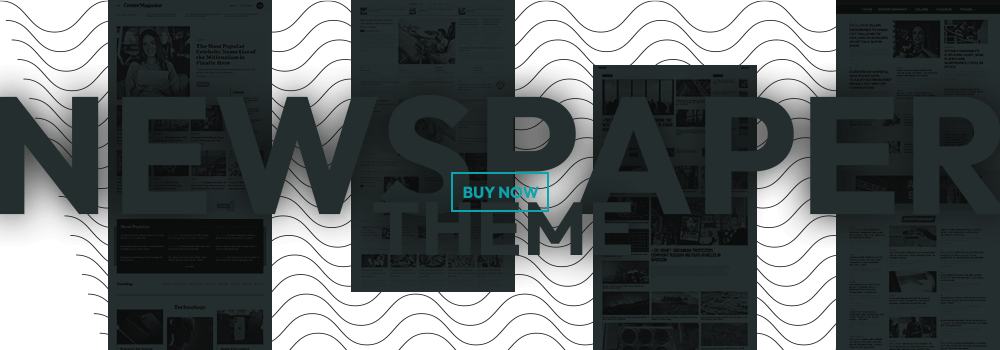One thing is for sure, and it’s that Christoph Büchel knows how to piss off Venice Biennale attendees. anginqq
In 2015, for the Icelandic Pavilion, the Swiss artist opened a functioning mosque, billing it as the first religious site of its kind in the city. It was shut down after two weeks, apparently for safety concerns, but by that time, the pavilion had gotten a good deal of negative press. (There were also a few defenders in the wake of the decision to shutter the pavilion.)
His contribution to the main show of the 2019 Venice Biennale lasted a lot longer. Titled Barca Nostra, his piece re-presented the very ship that had sailed 1,000 or so migrants leaving Libya to their death in the Mediterranean. Allegations of exploitation quickly followed. Still, the piece weathered the controversy, remaining in the show for its whole run—and even lingering on once the Biennale ended, creating yet another fracas. anginqq
None of that makes Büchel an obvious candidate for yet another Venice outing, but that’s what we got this week in the form of a big, sprawling solo show beyond the Biennale, at the Fondazione Prada.
Just how polarizing will Büchel’s latest endeavor be? Very. How much scandal will it generate? That depends on how many people end up seeing it. Without explanation, the show’s preview was abruptly delayed by two days right before it was set to occur, meaning that many in town for the Biennale will either have left before seeing this exhibition or otherwise be too tired to get there. Too bad: this is, for better and for worse, the craziest show on view in Venice right now.
The postponement, it would seem, owes something to the nature of Büchel’s latest project, “Monte di Pietà,” which takes its name from the centuries-old institution that offered loans to poor Italians without them having to rely on the wealthy elite. The Fondazione Prada’s outpost in the city once hosted an outpost of that service, and Büchel’s installation marks an attempt to reanimate it, in a way. But his project, which fills the entire museum, does not so much resemble a bank as it does an apocalyptic tour through financial corruption across time.
There is, for example, an allusion to the greed of the Catholic Church in Italy in the form of a darkened, cruddy apse. Viewers can sit there in pews, where they can admire an altar and the candles before it—or they can gaze upward and see a mass of wheelchairs that Büchel has affixed to the ceiling. All those wheelchairs were clearly made more recently than the Renaissance, implying that the Church continues to disable the poor, even today. anginqq
He invokes a lot of local culture throughout. One room features appropriated videos from a TikToker named Regina of Venice, an elderly woman who guides viewers through the city. Another includes arrays of purses arrayed around blankets, referencing the goods sold by vendors to tourists unaware of these objects’ cheap quality. And outside the Fondazione Prada, Büchel has covered up all the museum’s signage, replacing it with fake ads for a Venetian diamond exchange. Büchel is questioning who does the scamming and who gets scammed, and seems to find it awfully weird that there is a system that allows for any of this.
All of this material has been in Büchel’s wheelhouse for quite a while: he’s long been fascinated by material evidence of the masses being bled dry by those in power. What’s more surprising is that Büchel has expanded his inquiry more broadly than ever, looking to locales far beyond Europe to prove his point.
The Biennale this time around largely steered clear of openly discussing Israel’s war in Gaza, but surprisingly, Büchel of all people has waded into the fray, offering in one gallery what appears to be live feeds of Jerusalem, Gaza, and the border between Israel and Lebanon. In another, he is showing CCTV footage that purports to be coming in from Kyiv, Dnipro, and other Ukrainian cities. Büchel doesn’t take a stance on these conflicts, which makes the presentation of these images both ambiguous and uncomfortable, but it is obvious he thinks these wars imbricate in the quest for disenfranchisement of the unempowered. You certainly cannot accuse this show of being disinteresting.

As one might expect, Büchel’s show edges into problematic terrain. Addressing the NFT boom and its subsequent implosion feels acceptable for Büchel to do, but creating a room devoted to sex work, with a stripper’s pole and a box of Durex condoms, does not. Re-presenting archival materials dedicated to the Monte di Pietà of Venice here feels like salient institutional critique, but a poster that calls for an end to the Venice Biennale, seemingly in parody of the protests agitating for the ejection of the Israeli Pavilion, does not.
The problem, as usual with Büchel, is that it’s ultimately difficult to make definitive pronouncements about what his political values are. Were his art not so grand, so spectacular, and so bizarre, it would be easy to write it off entirely. To his credit, he makes doing so pretty tough. To that end, see this show, then debate it. It cannot be ignored altogether.


